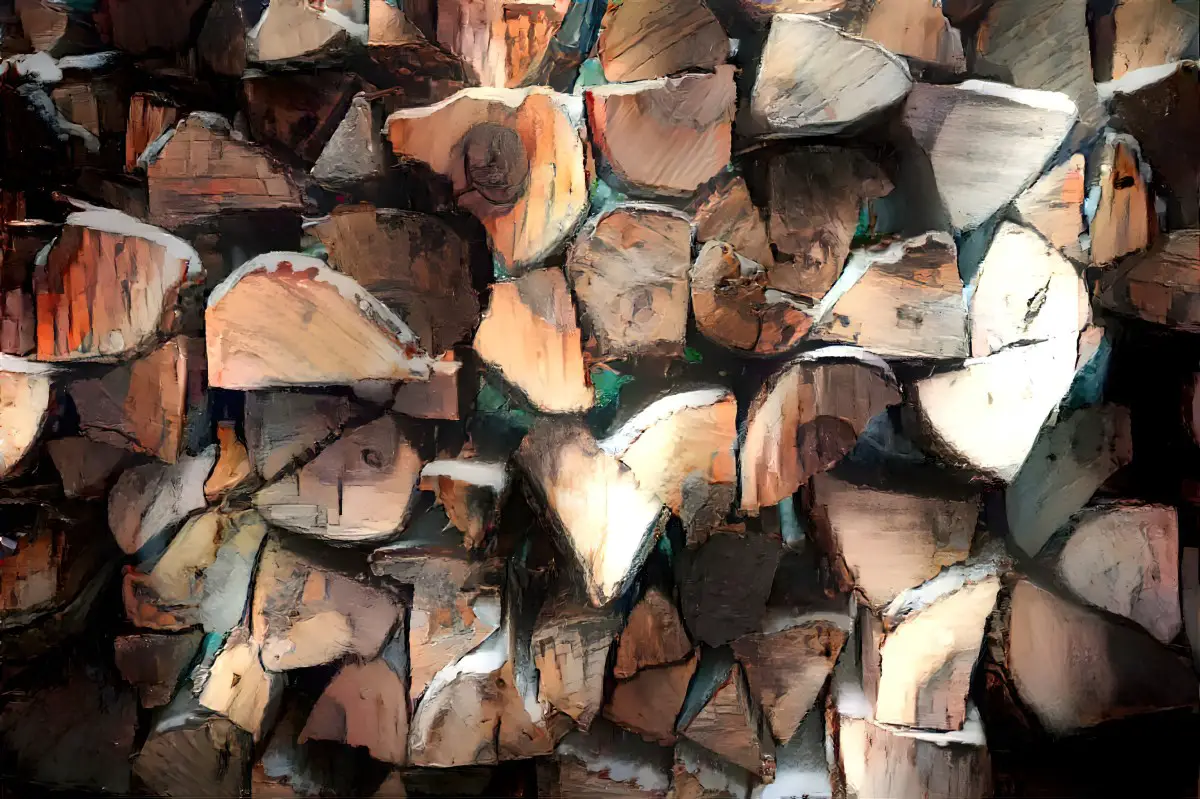World events have an effect on the stories which follow. Take the 9/11 terrorist attack for instance. Commentators have drawn a direct line between that and Mad Men, or rather, the desire for Americans to retreat to a safe 1950s version of America which exists only in modern imaginations. The wish to return to an earlier era even influenced fashion.
What about SARS CoV-2? What effect might that have on stories?

I propose Covid-19 will thrust us into the age of self-sufficiency stories. In reality we are all highly reliant upon other people, but when other people might be sick or off work, it’s comforting to think you’ve got chickens in your coop and vegetables waiting in your yard. This will likely usher in a few years of cottagecore aesthetic.
This desire for self-sufficiency can be seen in a 2021 Sims expansion pack, which I think is a direct response to physical distancing and lockdowns.
The Sims 4: Cottage Living is the eleventh expansion pack for The Sims 4. It was announced on June 10, 2021 and was released on all platforms on July 22, 2021. The expansion is focused on country life, and includes various animals such as cows, chickens, llamas, wild birds, rabbits and foxes.
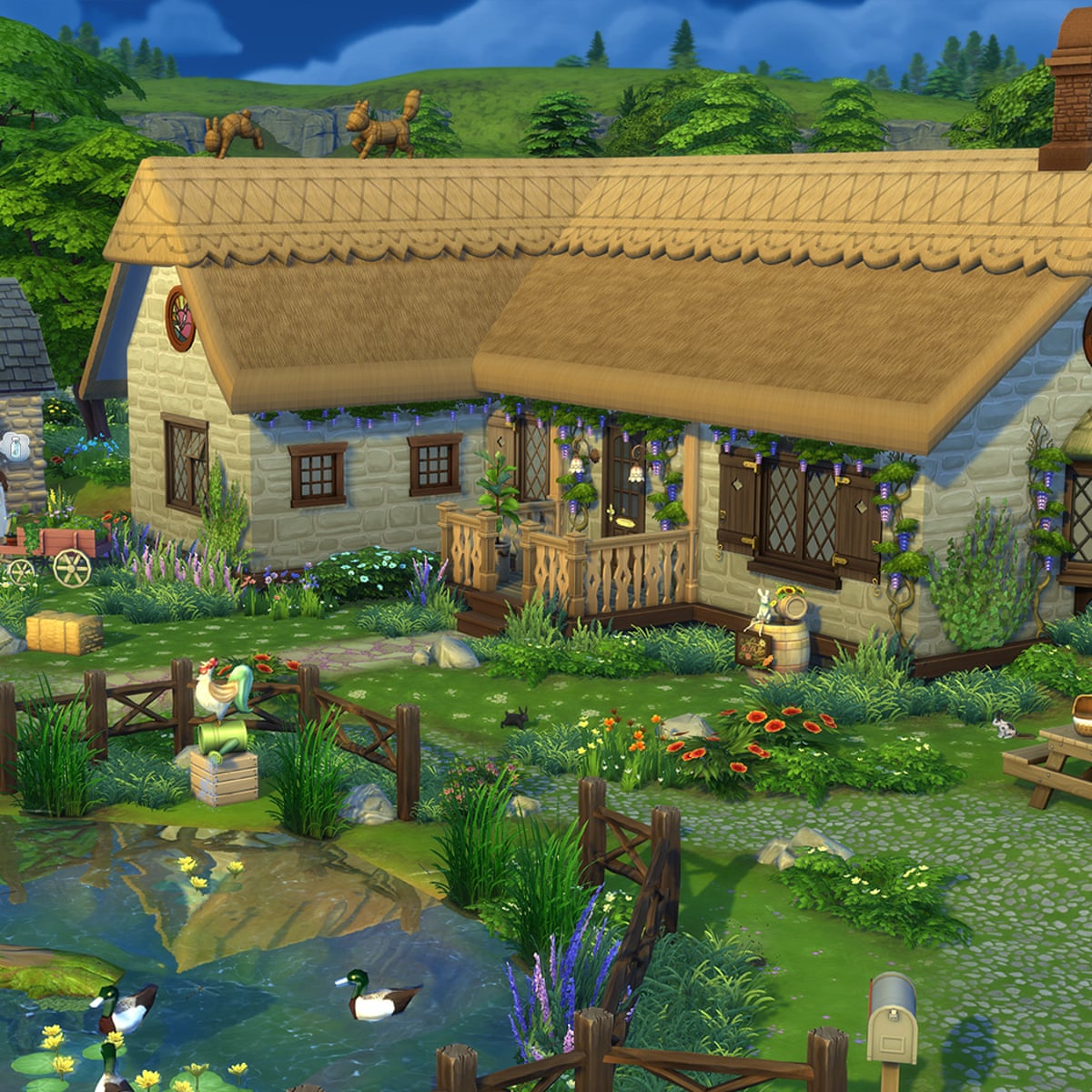
There is something deeply comforting about stories in which characters use hard work and friendship to build something from nothing, moving from wilderness to society. This partly explains the popularity of the Western, all about America’s desire to expand and conquer. In children’s literature, The Little House On The Prairie series achieves the same thing, with much emphasis on the details of exactly how the Ingalls family make a cosy life for themselves. These stories seem to offer a blueprint, some sort of plan: Even amidst societal breakdown, if I work hard and am morally good, then my family and I will be all right.
This isn’t just an American desire and not just an adult one. The desire for self-sufficiency can be seen in stories for all ages and from around the world.
Libby Owen Ford’s post WW2 illustration below full of implements for self-sufficiency. TAke note of the spinning wheel and the 18th century candlemold. The mirror is one of the few things this family can’t make for themselves. Regrettably, this is the item which gets broken as they relocate. Despite this minor tragedy, this is still an idealised vision of the American Pioneer West.

Western stories created after WW2 are almost always in fact ‘anti-Western’ stories, which no longer glorify Western expansion but present its difficulties.
The Self-sufficiency Story To Begin All Self-sufficiency Stories
Swiss Family Robinson is the standout classic example of a story which appeals to our desire for self-sufficiency.
The Robinsons leave their home in Switzerland planning to settle half a world away. But things do not turn out as they had expected. The sole survivors of a terrible shipwreck, they wash ashore to learn that the danger has only begun. Their new world will test their courage, cleverness, endurance, and faith as they struggle to survive and create a civilization of their own in the wilderness.
Modern marketing copy
Some editions of this book have been edited to be ‘more accessible to modern readers’.
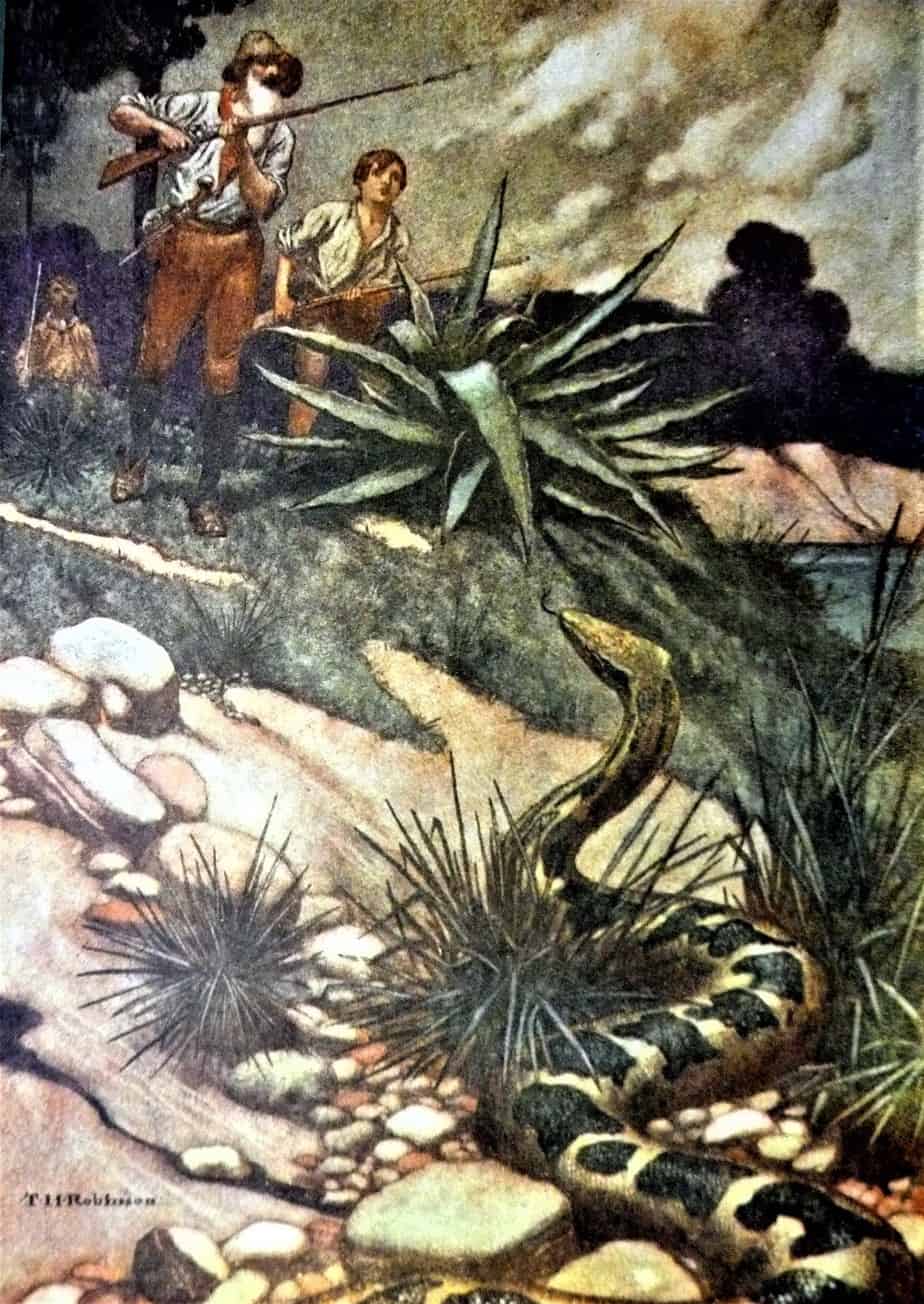
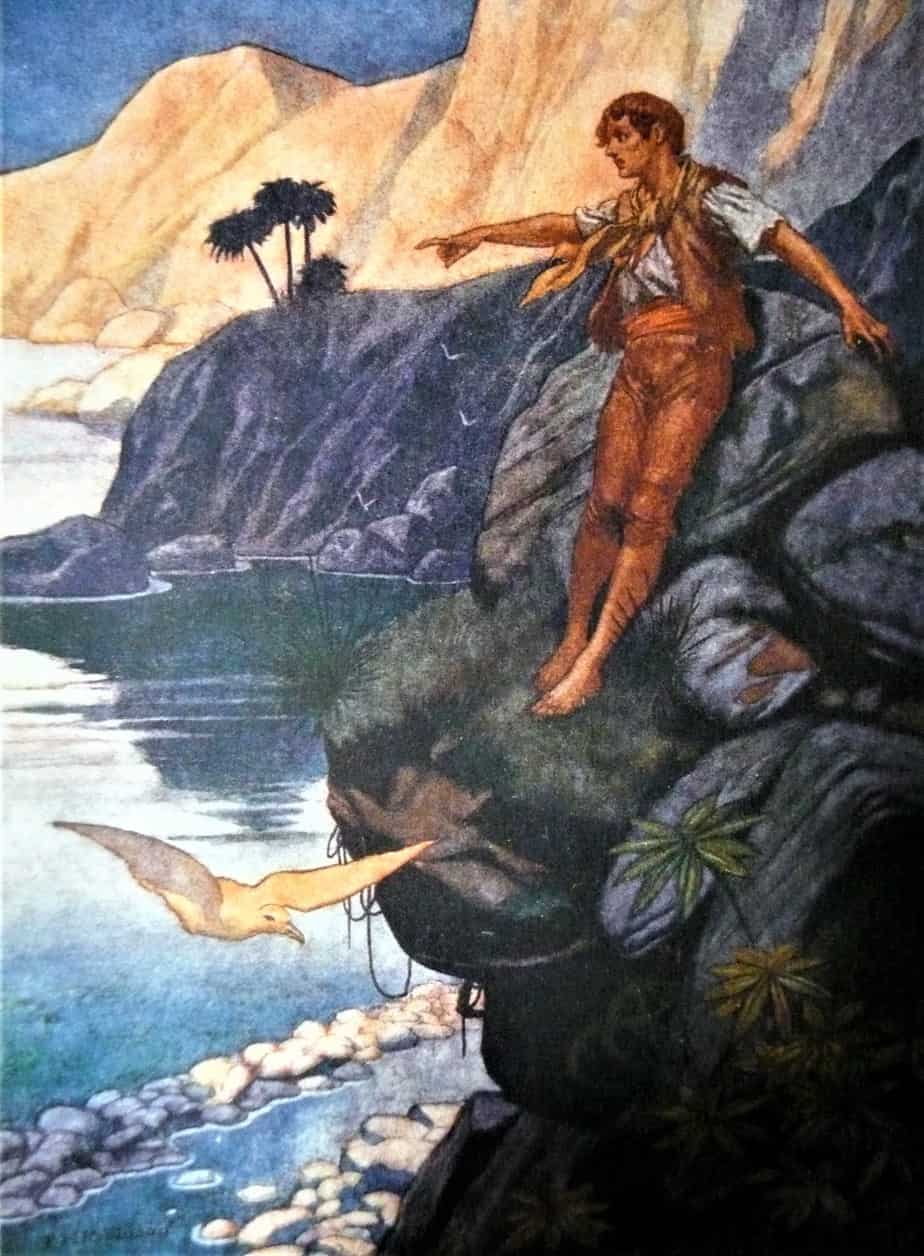
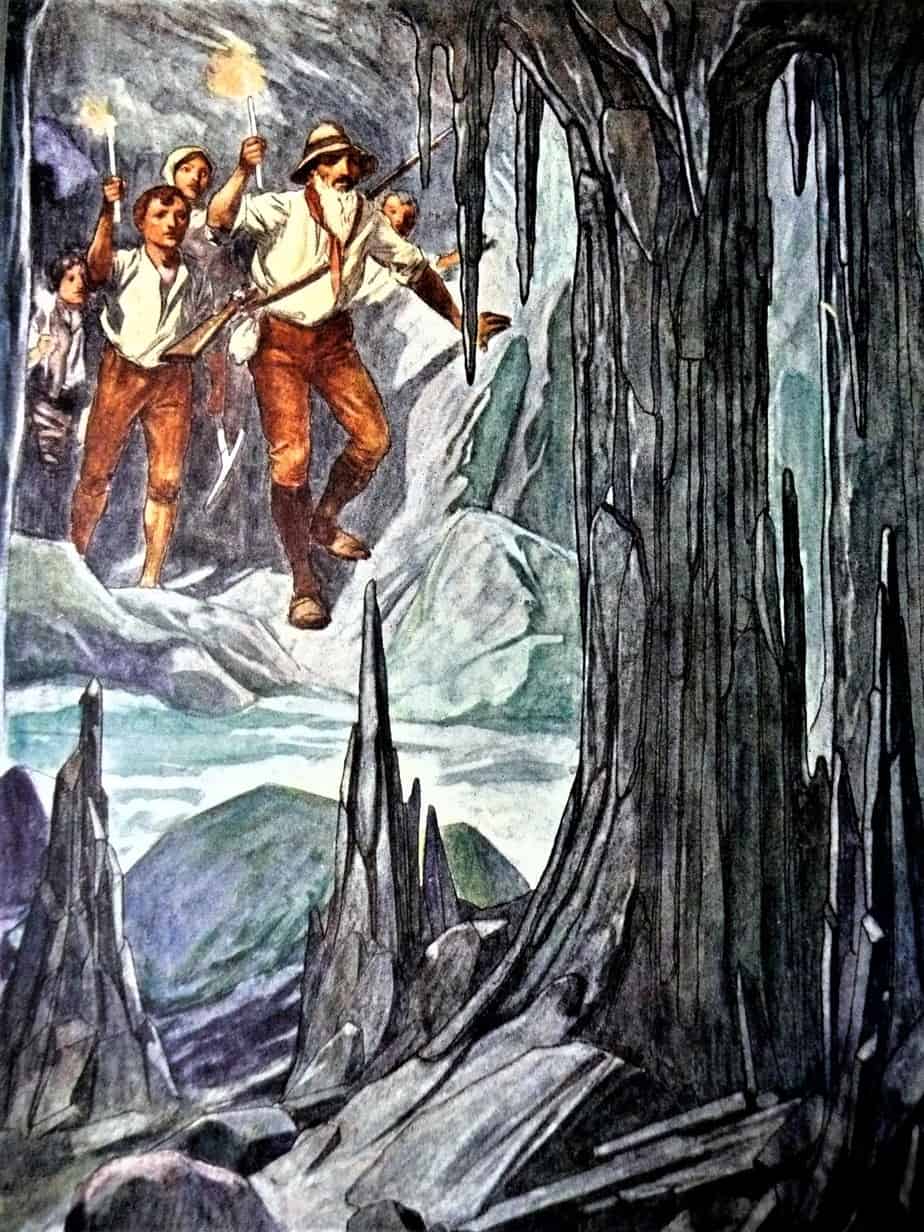



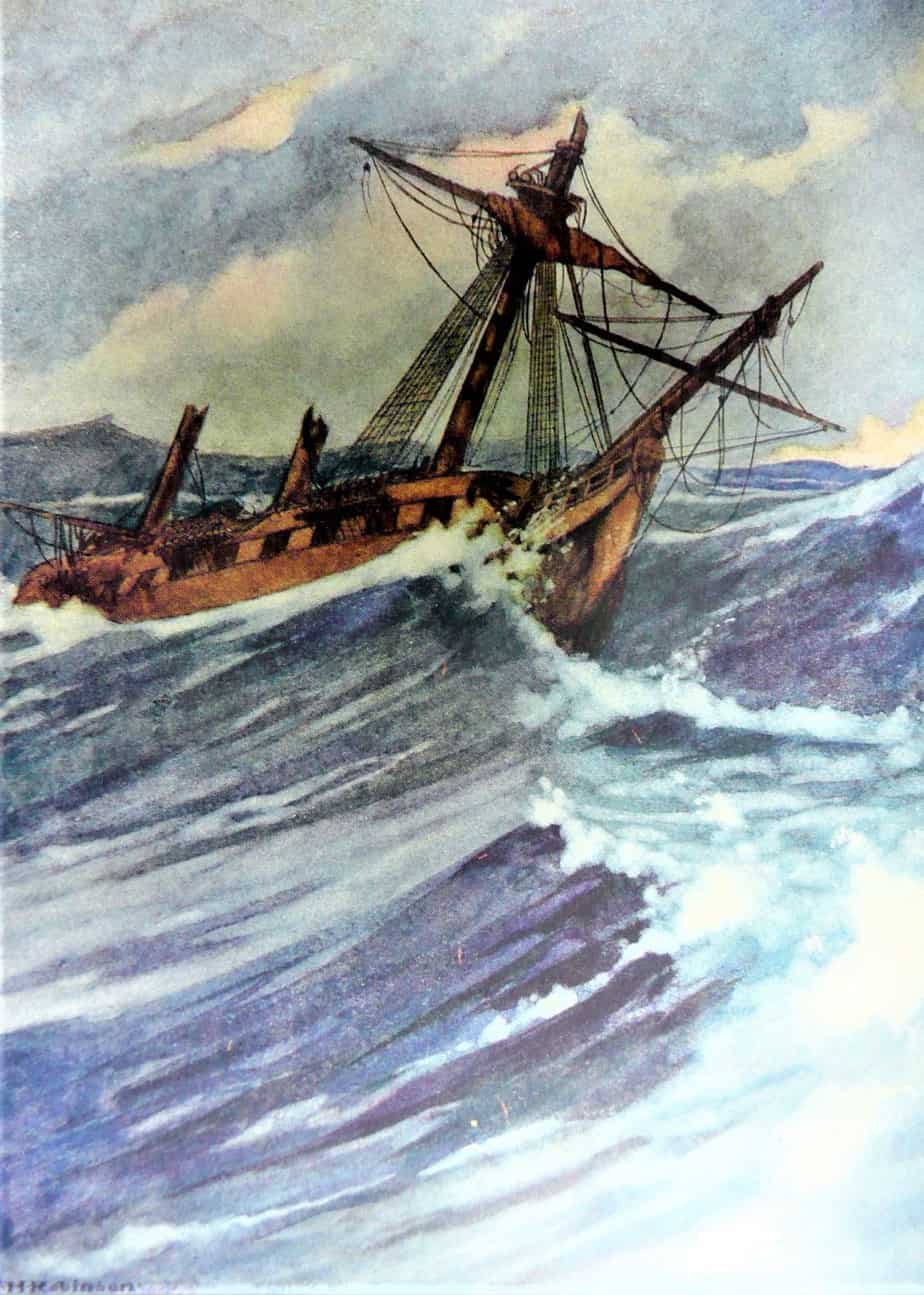
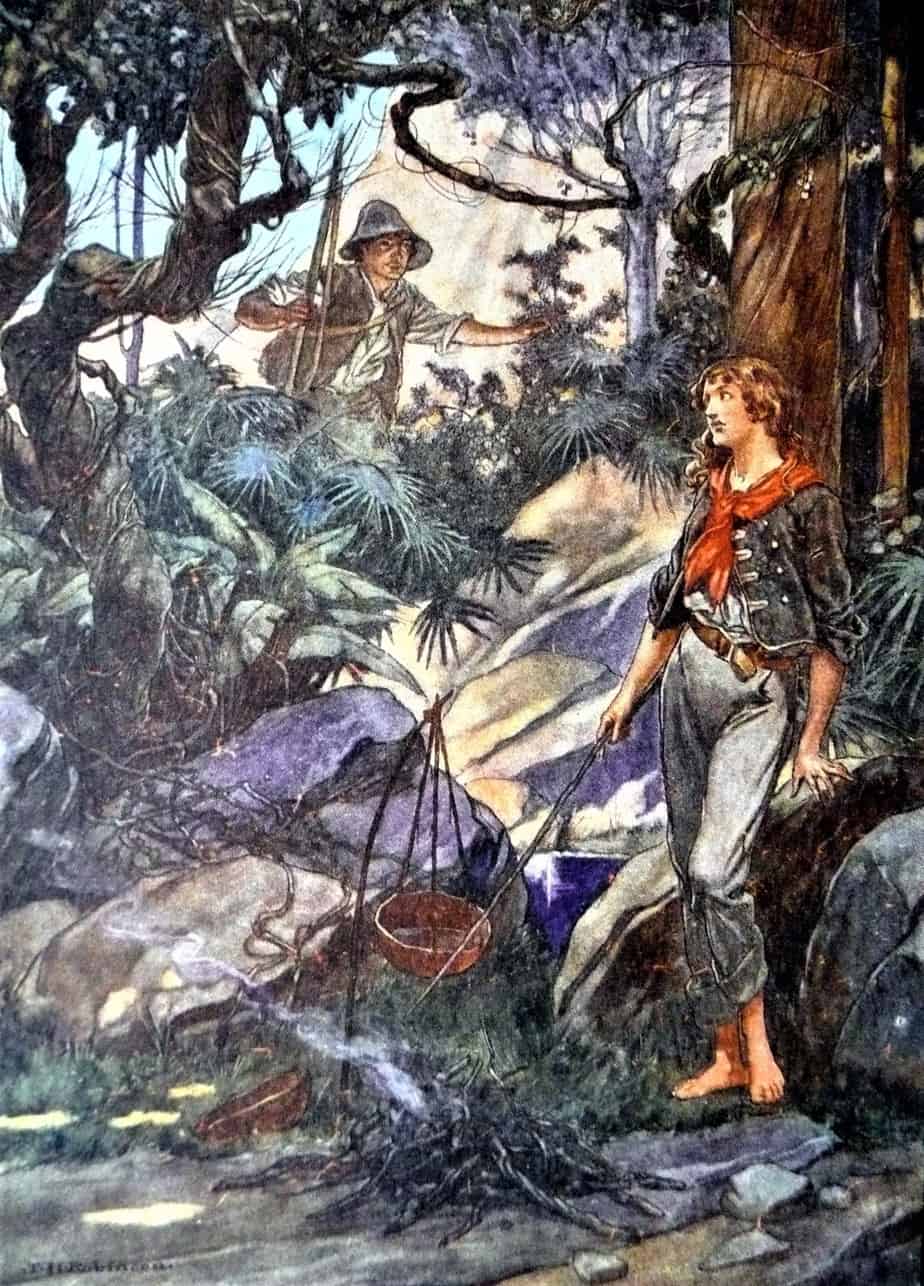
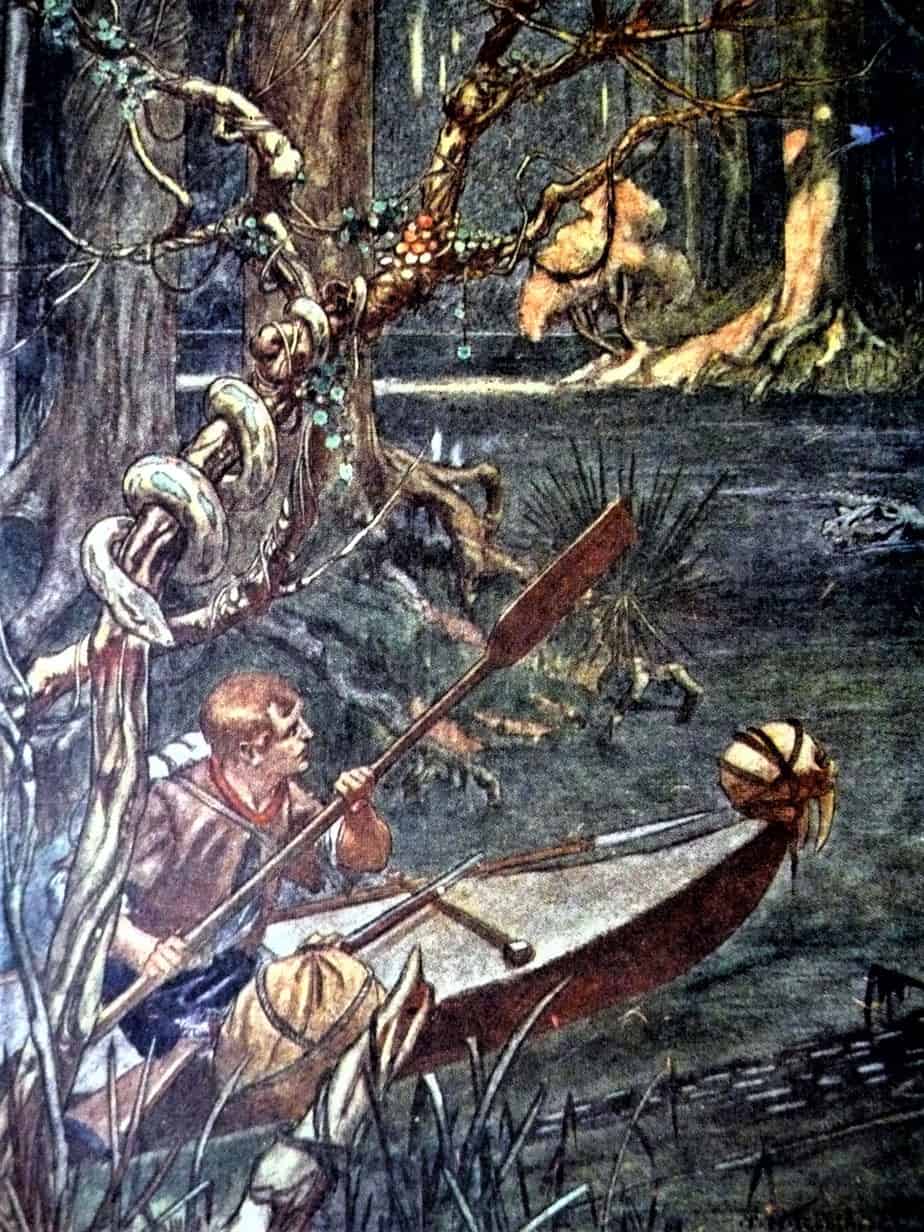
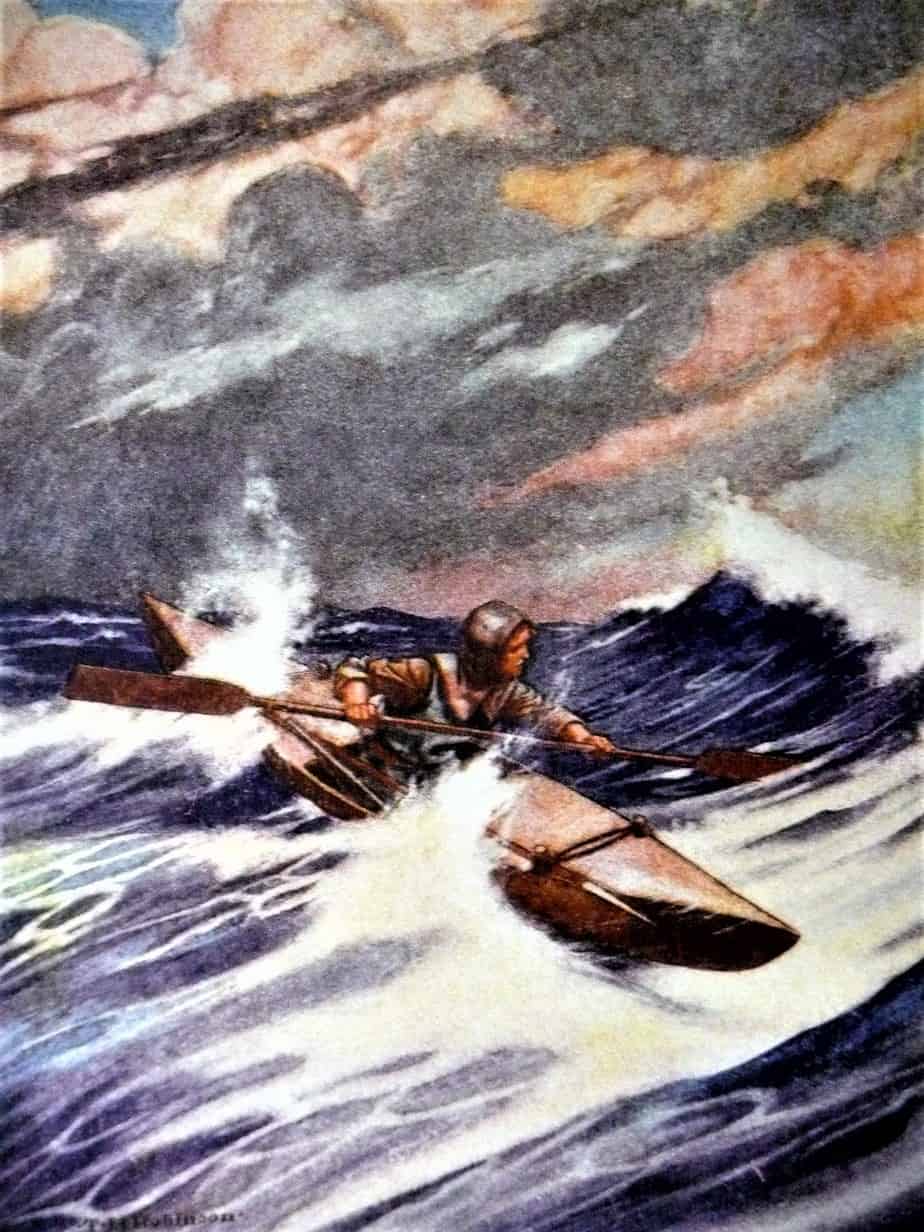



Features of Self-sufficiency Art
- People picking fruit and vegetables
- Food harvested in nature more generally (e.g. bees for their honey)
- Chickens and Roosters
- Lush vegetation
- Comfortable-looking climate
- Large families
- Neighbours and community spirit

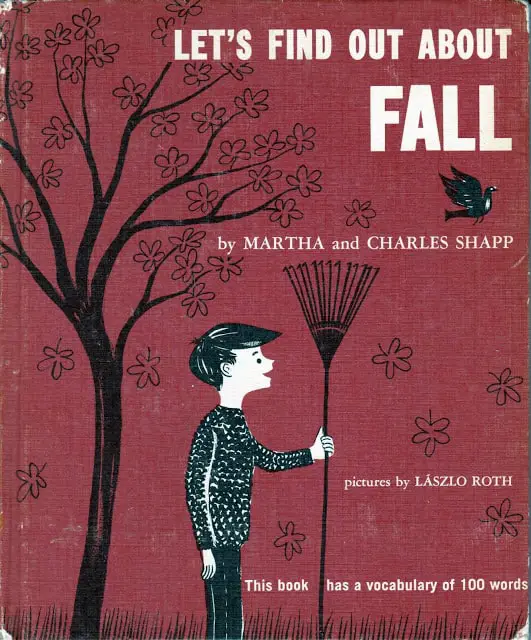
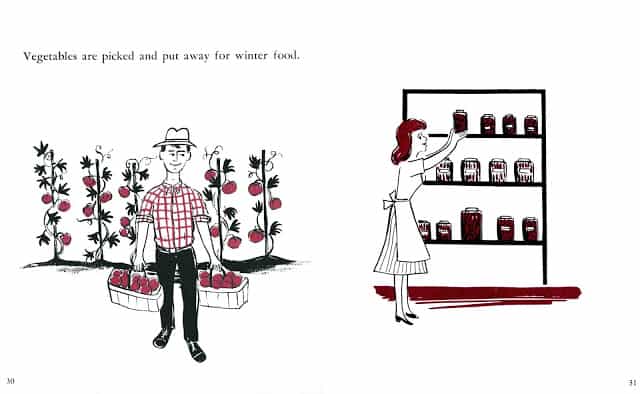

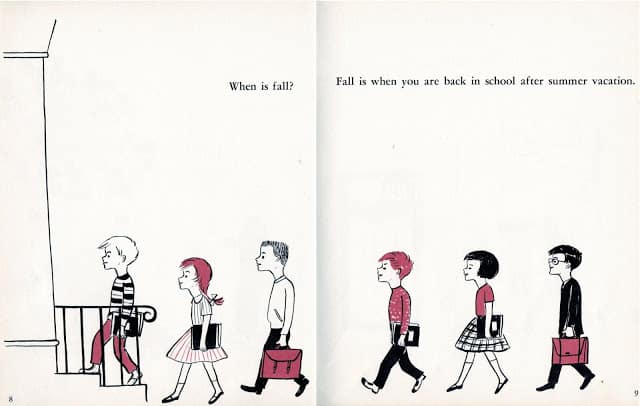



Old & poor women used to ‘glean’ whatever grain the harvesters missed & so provide bread for the winter. Though many said Scripture decreed it, enclosure of the land gradually eroded this ancient right. #FolkloreThursday #Food(🎨Clausen) pic.twitter.com/ADdJ7XSTV6
— AlmanackTweets (@AlmanackTweets) April 8, 2021

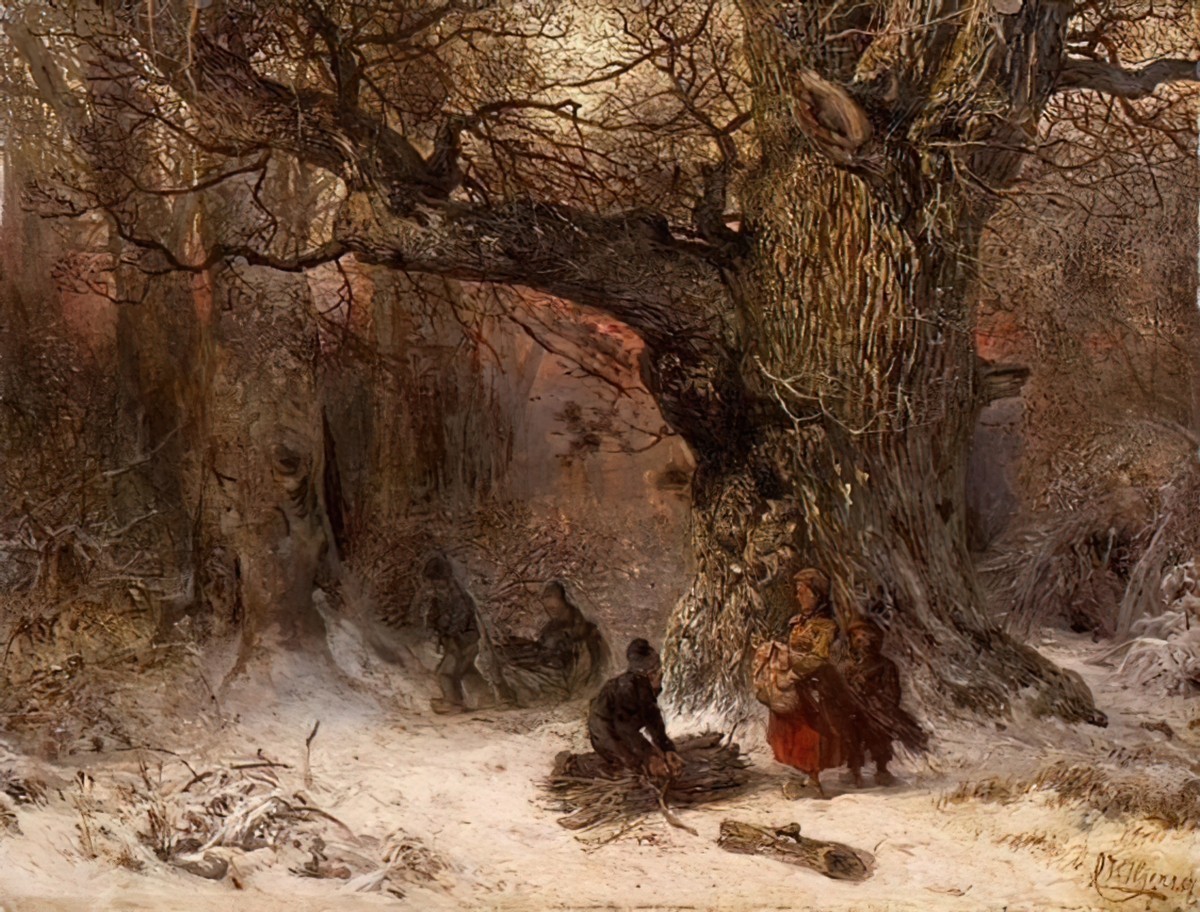
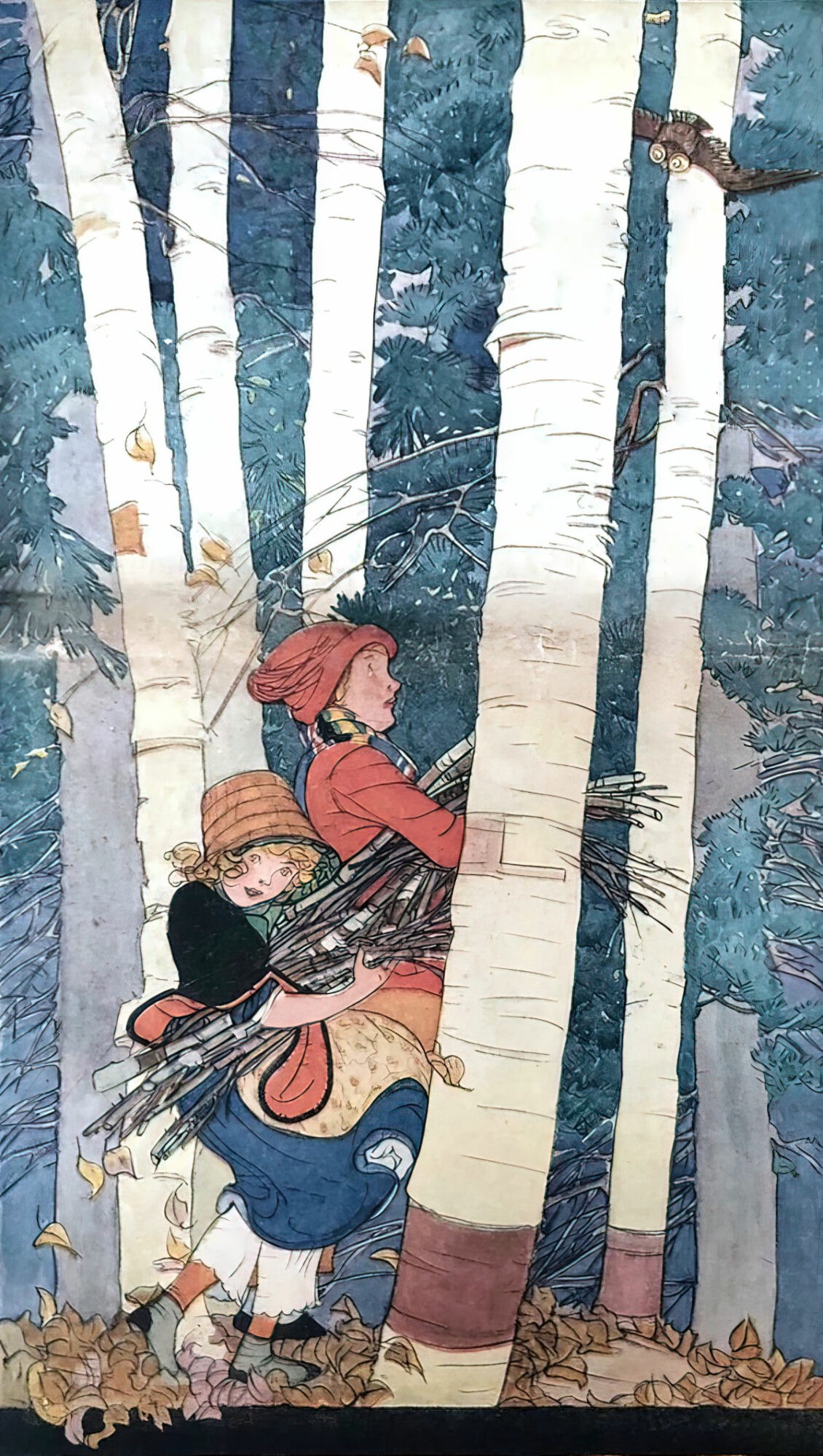




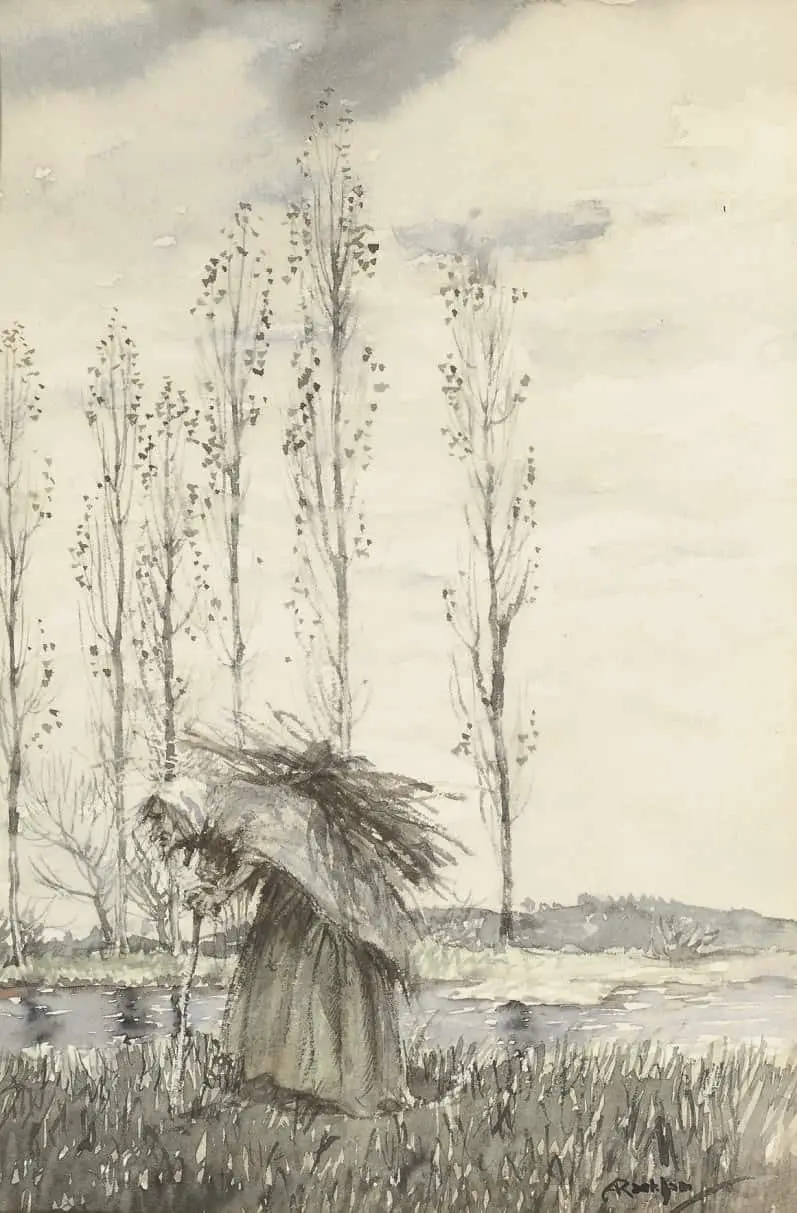
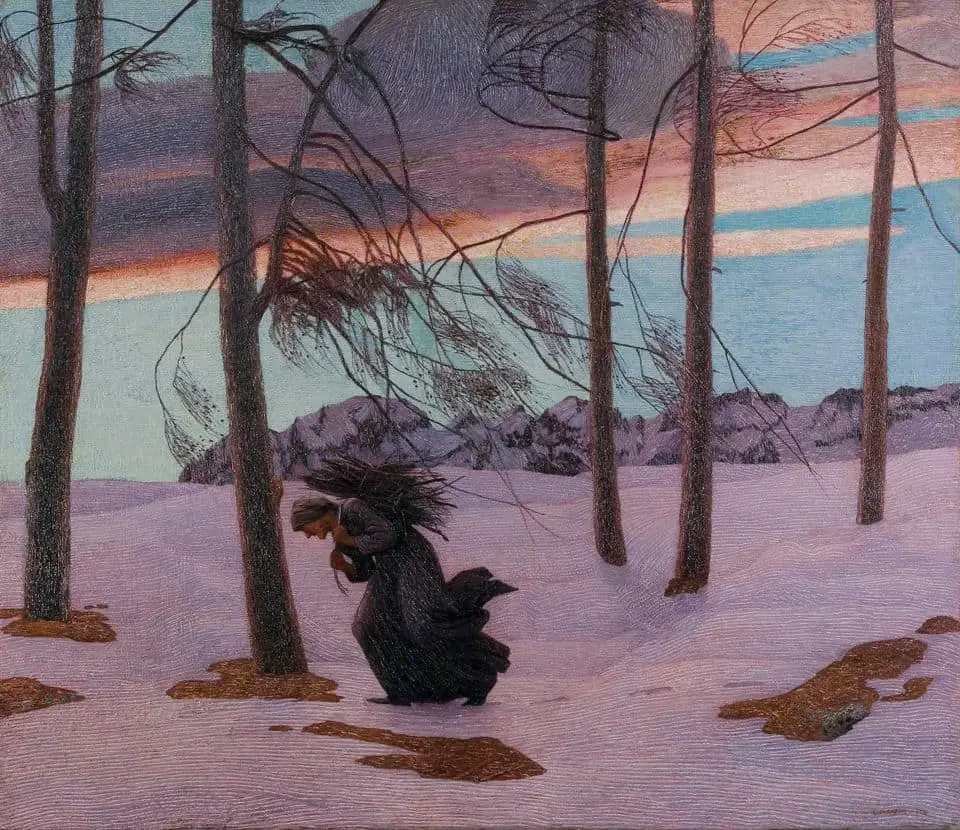
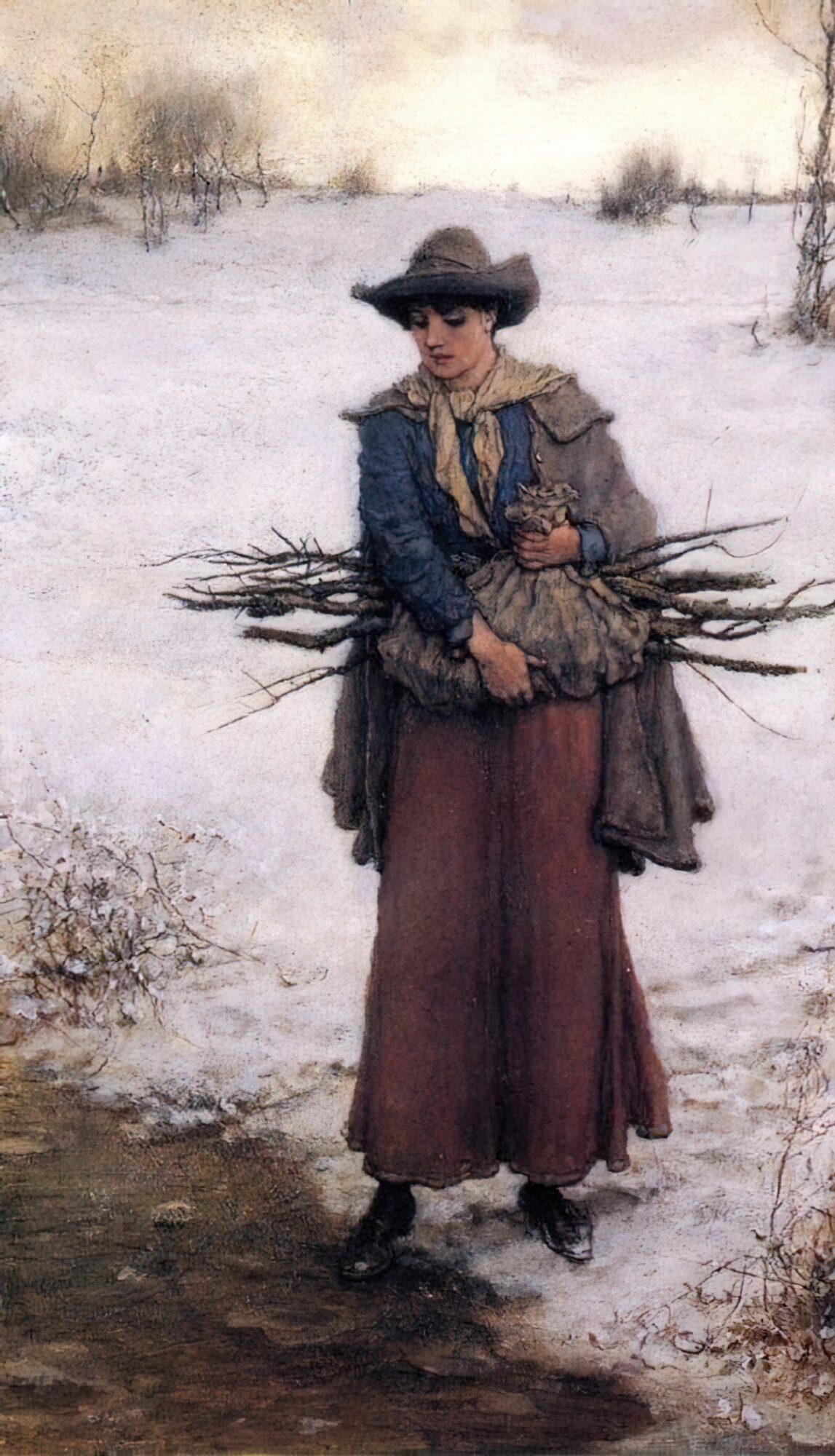

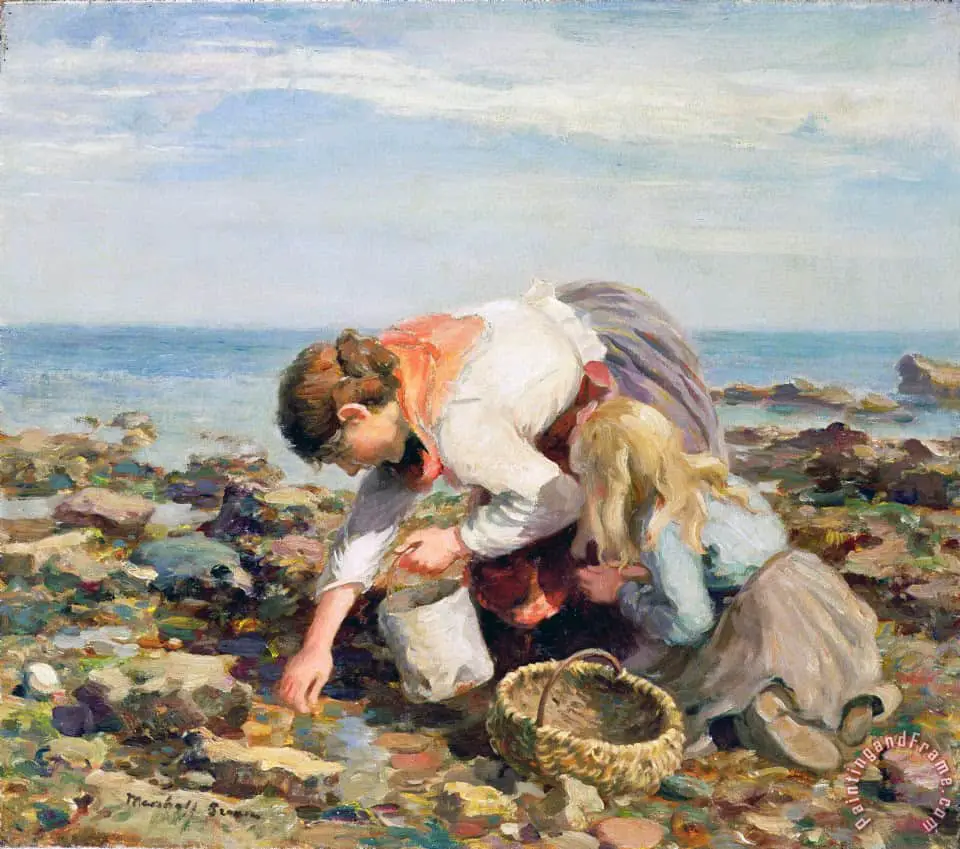
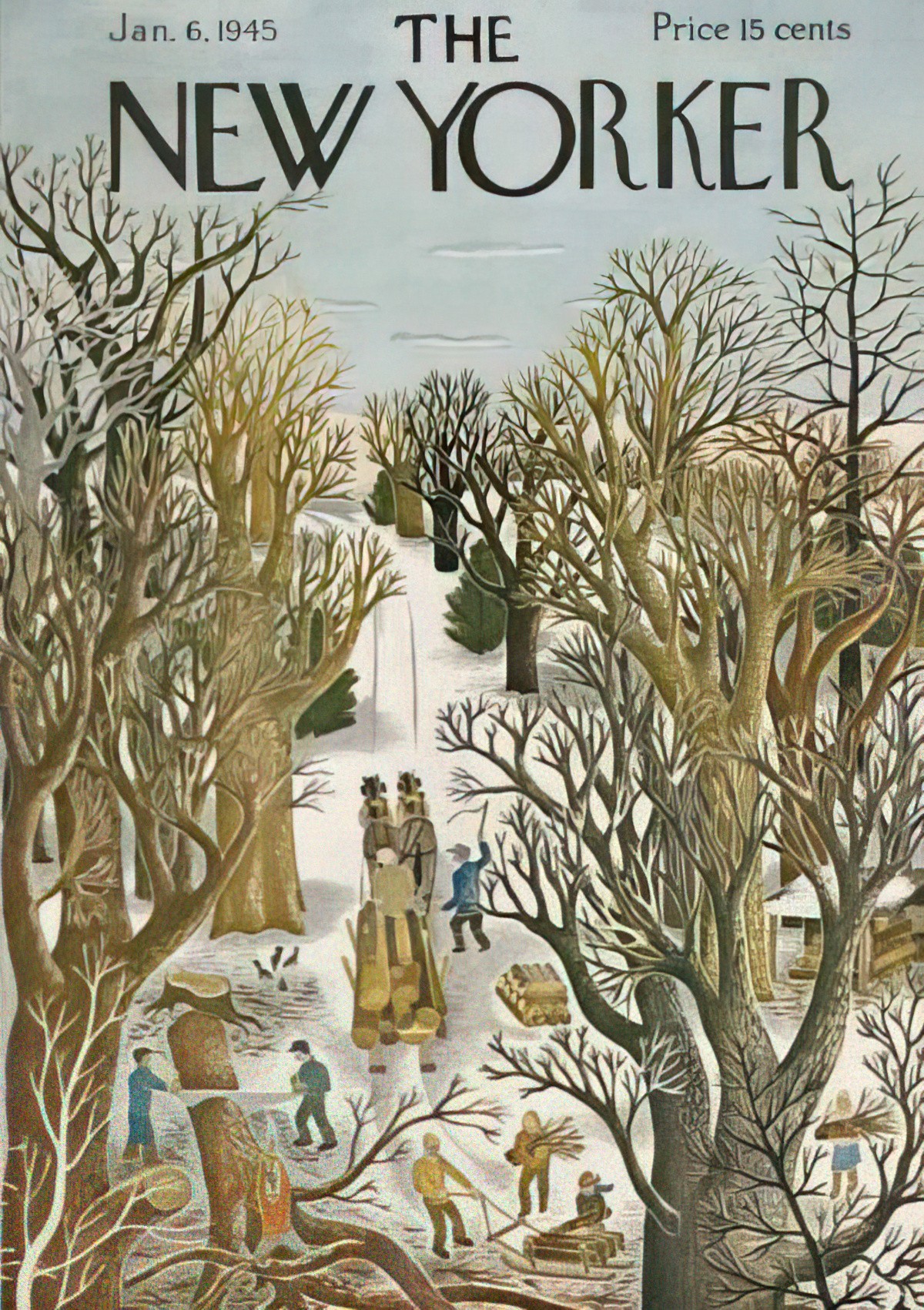


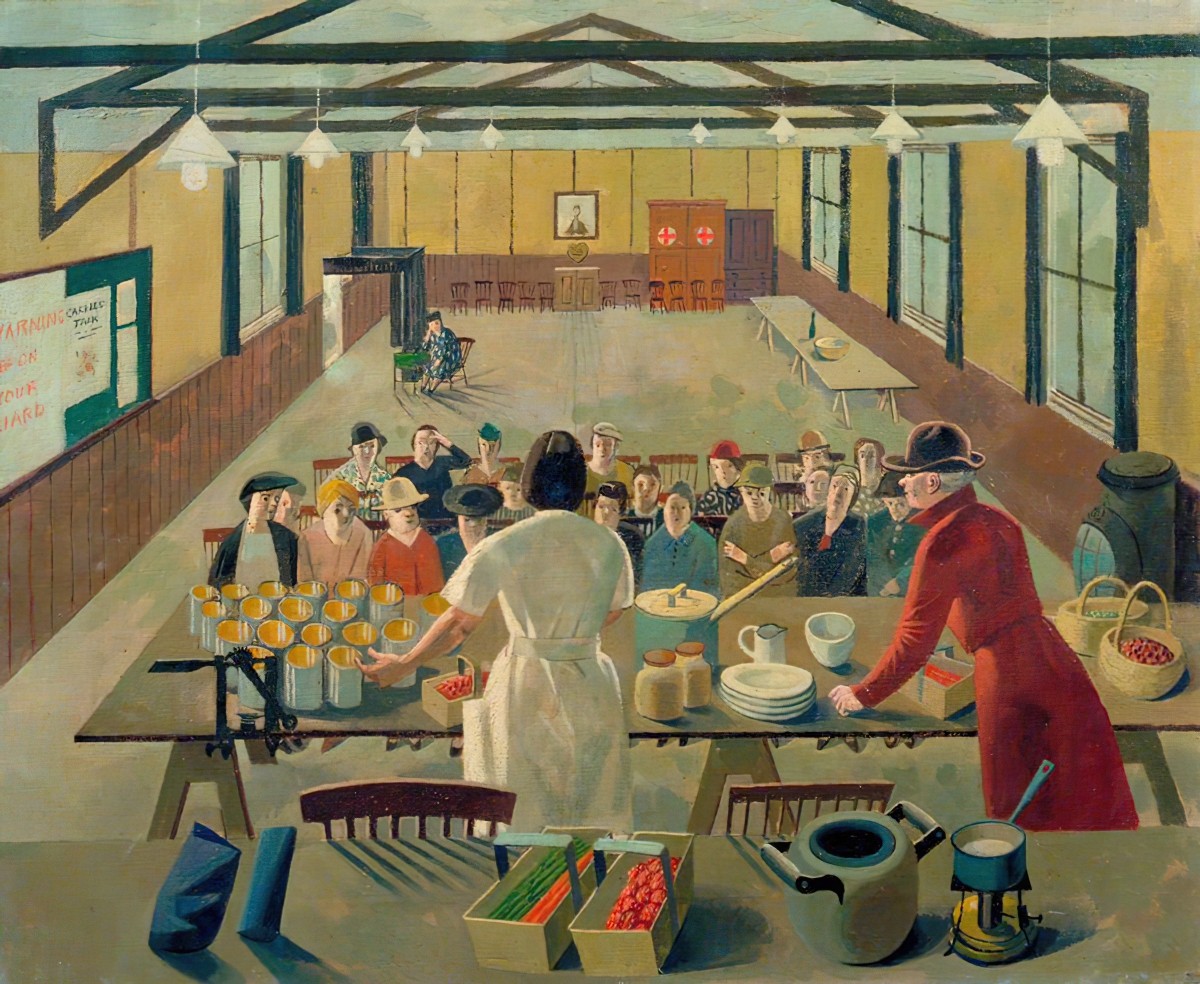
Take the classic Japanese picture book Guri and Gura from Japan, by Reiko Nakagawa and Yuriko Oomura. Two mice love to cook and eat. One day they find a big egg in the forest. Using this egg, they decide to make a sponge cake. The story follows them as they carry out their plan: gathering twigs, building a fireplace and putting a big pan on the fire. When their sponge cake starts to rise a lovely smell wafts into the forest, attracting various animals. These animals move from wilderness to society, gathering around the fireplace, not eating each other for once, but happily sharing the sponge cake.
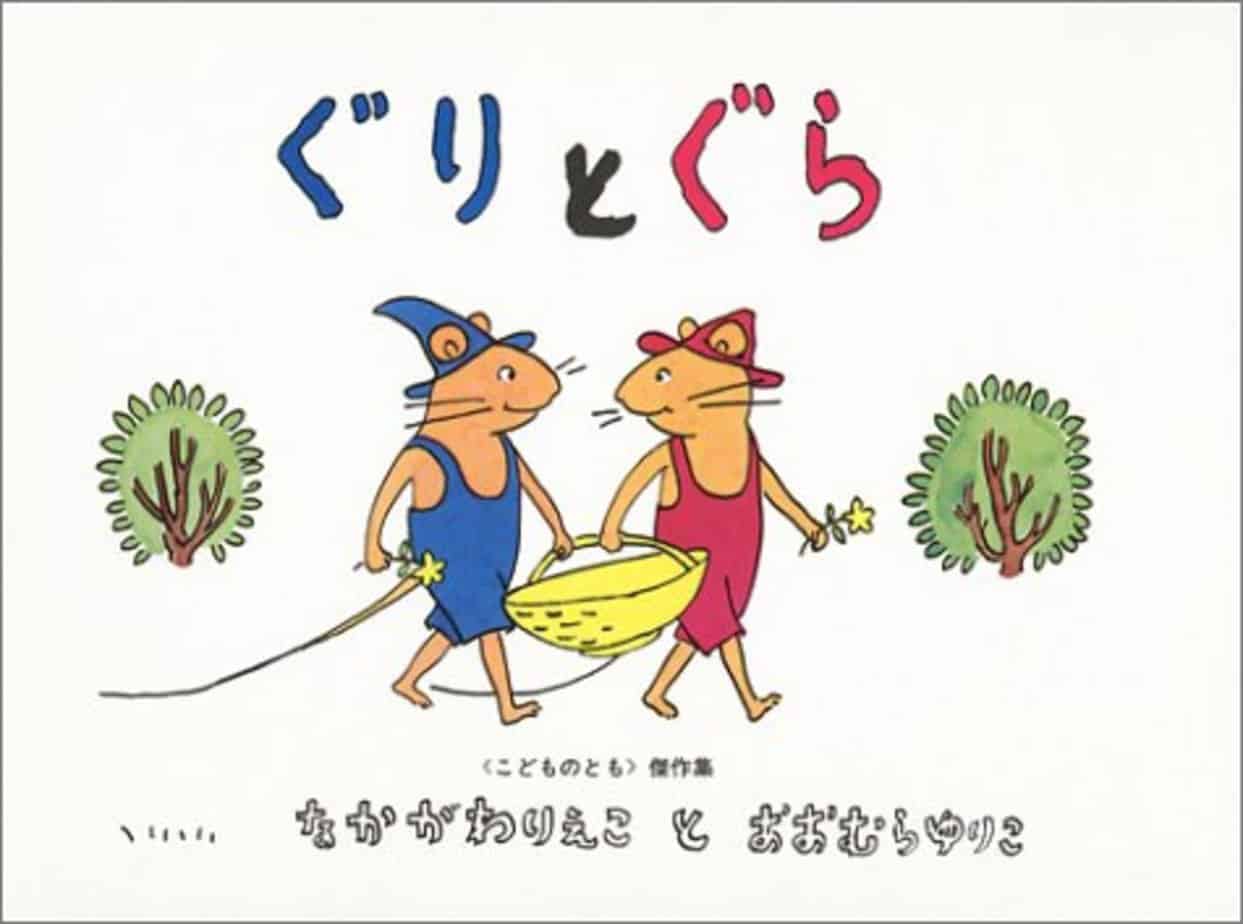


Ideological Problems With Self-sufficiency Stories
In promoting the “myth of white self-sufficiency,” the “Little House” books rewrite history from American Masters
Further Reading
The Three Little Pigs must be the stand-out self-sufficiency fairytale. The little pigs build their own houses (and catch their own food).

Helen Simpson’s ironic dystopian short story “Diary of an Interesting Year” takes the reader into societal oblivion and shows us just how ridiculous our doomsday prepping fantasies probably are.
Calling The Gods by Jack Lasenby is said to be a New Zealand example of a story which scratches the same itch as Swiss Family Robinson.
Roger Duvoisin’s 1951 picture book Petunia’s Christmas is about a goose who buys her lover from a farmer planning to eat him. Rather than relying upon others for charity, she sets about to create her own cottage industry of making Christmas decorations.
